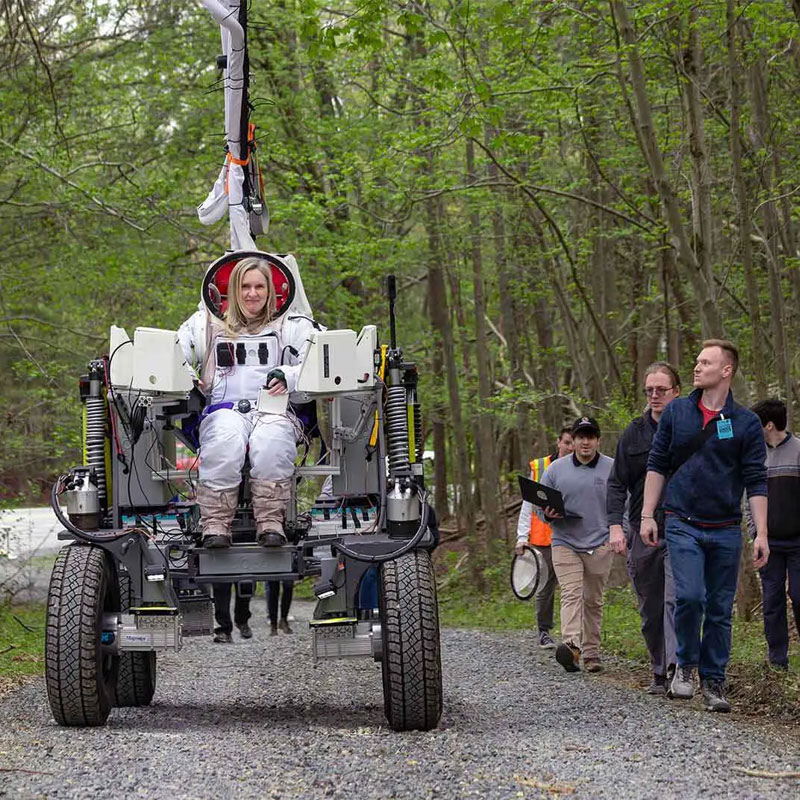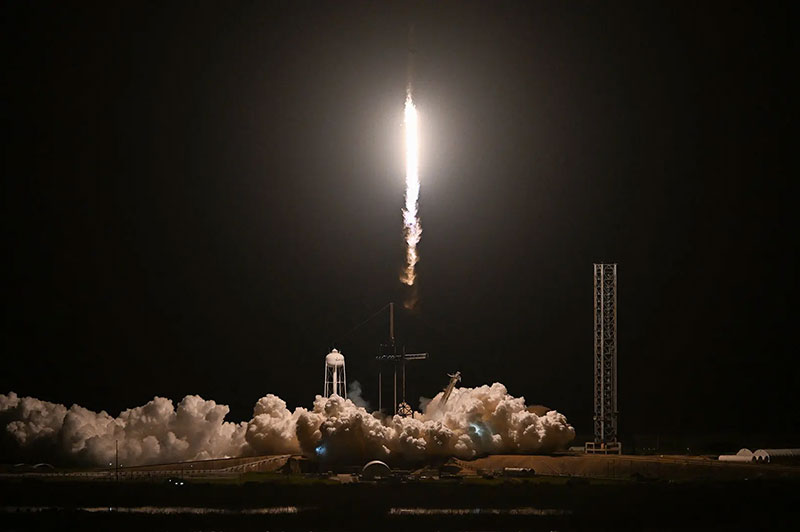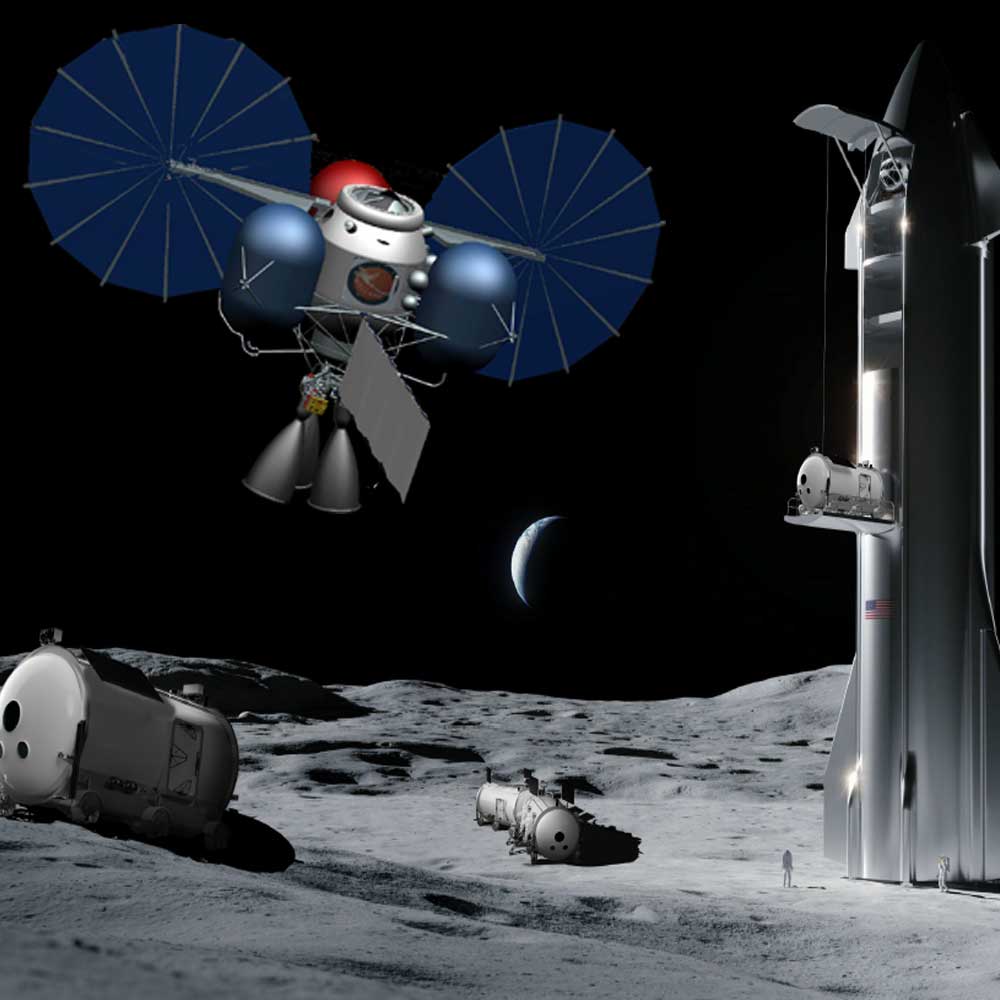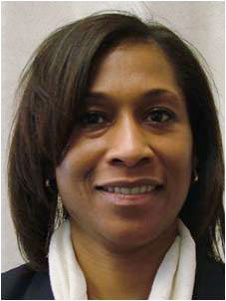News Story
Jeanette Epps: From Engineer to Astronaut
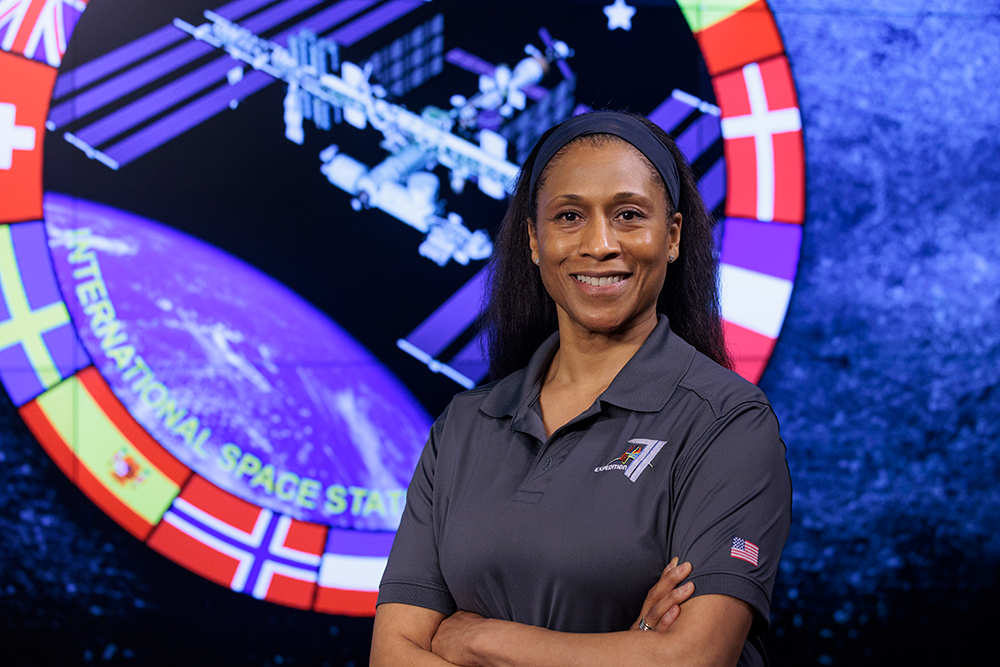
Photo Credit: Troy Fields Photography.
Years ago, as an engineering graduate student, Jeanette Epps did not think she would become an astronaut someday. “I would never have believed it,” she says.
Now she is preparing for her first venture into space. Epps, who received her doctorate in aerospace engineering from UMD in 2000, pursued a successful career in engineering–working for Ford and the CIA and co-authoring several patents–before being selected by NASA for astronaut training. In the coming weeks, she is set to fly to the International Space Station (ISS) aboard a Dragon spacecraft on a Falcon 9 rocket and then begin a half-year stint as part of the ISS crew.
The launch is expected in late February, and Epps is excited, saying she looks forward to the experience of being untethered from the Earth and seeing it from the vantage point of space.
It has been an extended wait for Epps, following earlier opportunities–on a Soyuz spacecraft in 2018 and later on a Boeing Starliner–that did not materialize as planned. In the interim, Epps has continued a program of rigorous training, which included learning to fly a T-38 jet plane and spending days in an underwater habitat. “I’ve learned a lot about my limitations, about how far I can go, what excites me, what I’m afraid of–how I overcome [challenges] and move forward,” she said in an interview for UMD.
As a mission specialist on the Crew-8 flight and a flight engineer on the ISS, Epps will be responsible for maintaining equipment and systems, and also carrying out scientific research. Her engineering education at UMD has helped prepare her for the role, said Epps, whose Ph.D. advisor was Alfred Gessow Rotorcraft Center director Inderjit Chopra.
"[The] hands-on work that I was able to do at UMD translates directly into what we do as astronauts.”
Dr. Jeanette Epps (M.S. '94, Ph.D. '00), NASA Astronaut.
Astronauts “do a lot of hands-on work on the space station–repairing things, taking things apart and putting them back together,” she said. “At UMD, I was able to build my own test articles. I was able to set up my own vacuum chamber and test composite rotor blades. All this hands-on work that I was able to do at UMD translates directly into what we do as astronauts.”
While she advances scientific and technological knowhow, Epps will also be helping to break down long standing barriers based on race, becoming only the third Black astronaut to serve aboard the ISS, after VIctor Glover in 2020 and Jessica Watkins the following year.
Crews typically rotate on and off the ISS over the course of six month “expeditions,” 70 of which have now taken place since construction of the ISS in 1998. Though future plans for the space station remain unclear, NASA officials have suggested it could remain operational through at least 2028. The ISS, which circles the Earth in low-earth orbit (LEO), is often visible to the naked eye when sunlight reflects off its panels. Indeed, it is the second-brightest object in the night sky after the Moon.
When she flies, Epps will be part of a crew that also includes NASA astronauts Matthew Dominick (commander) and Michael Barratt (pilot) as well as Roscosmos cosmonaut Alexander Grebenkin (mission specialist). A fifth U.S. astronaut, Tracy Caldwell-Dyson, will fly separately to the ISS in March aboard a Soyuz spacecraft.
Together, they will carry out around 200 experiments in science and technology research.
Video credit: Sharon Ferranti/The Sharon Show.
Published February 5, 2024
